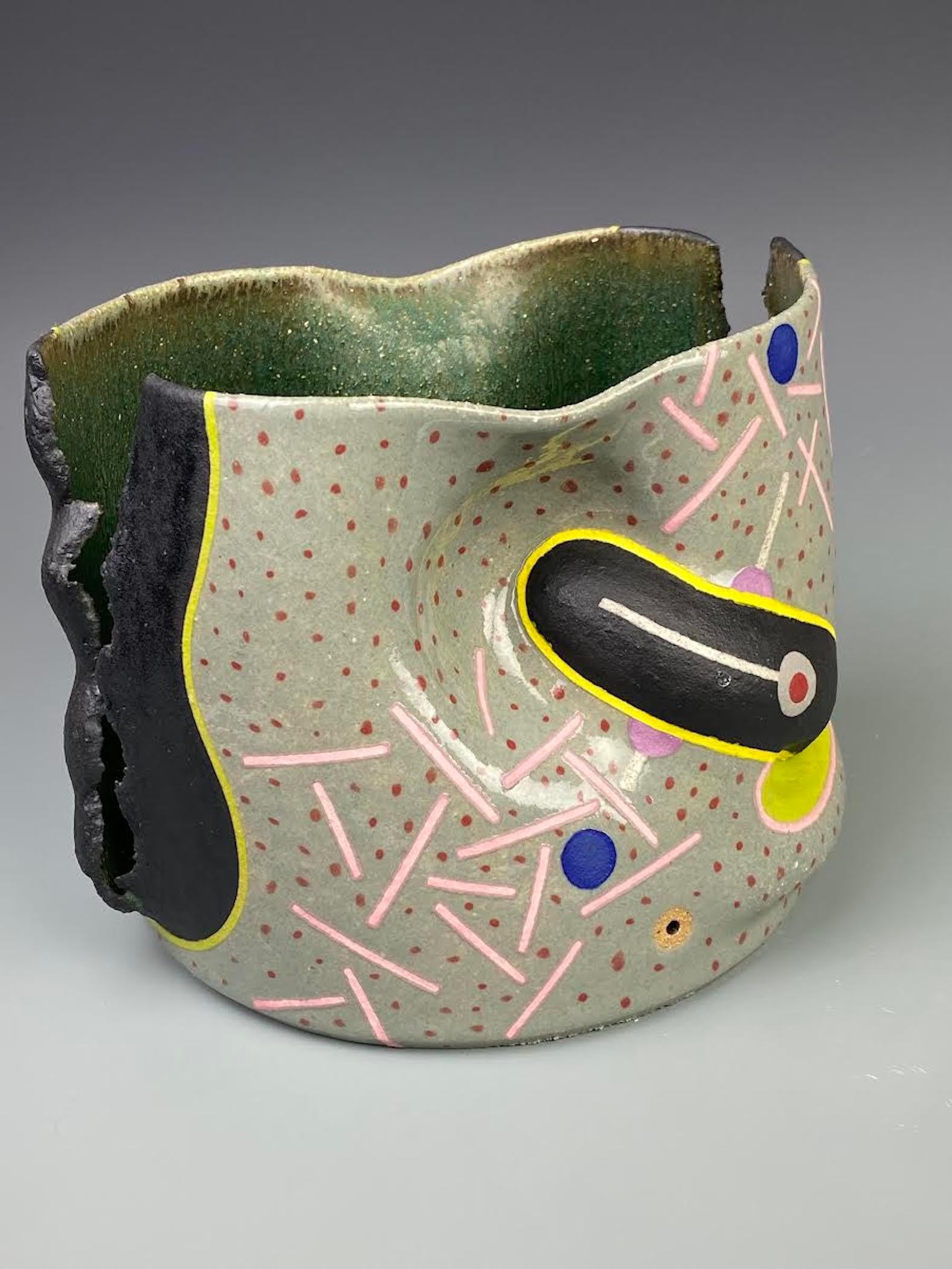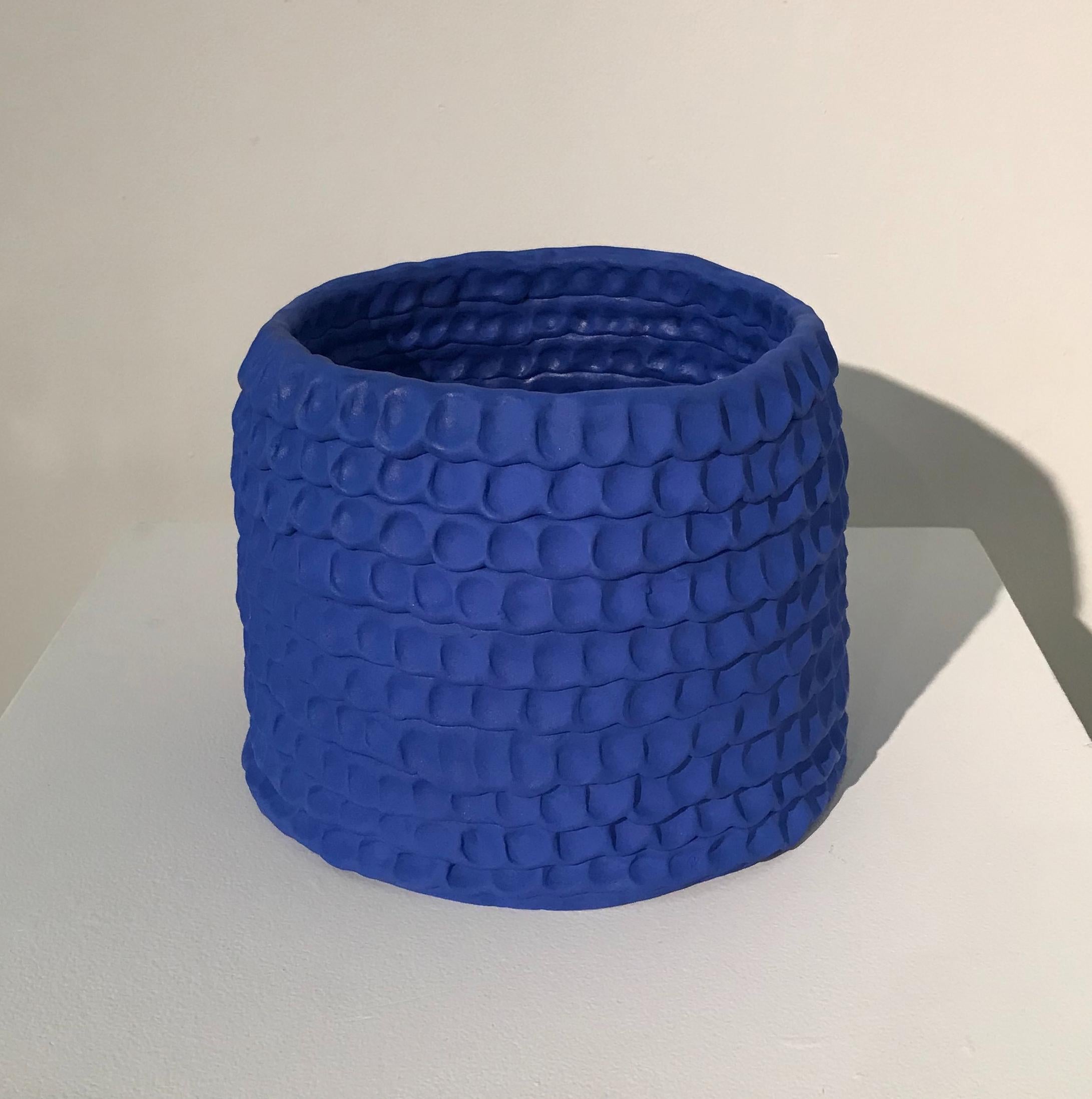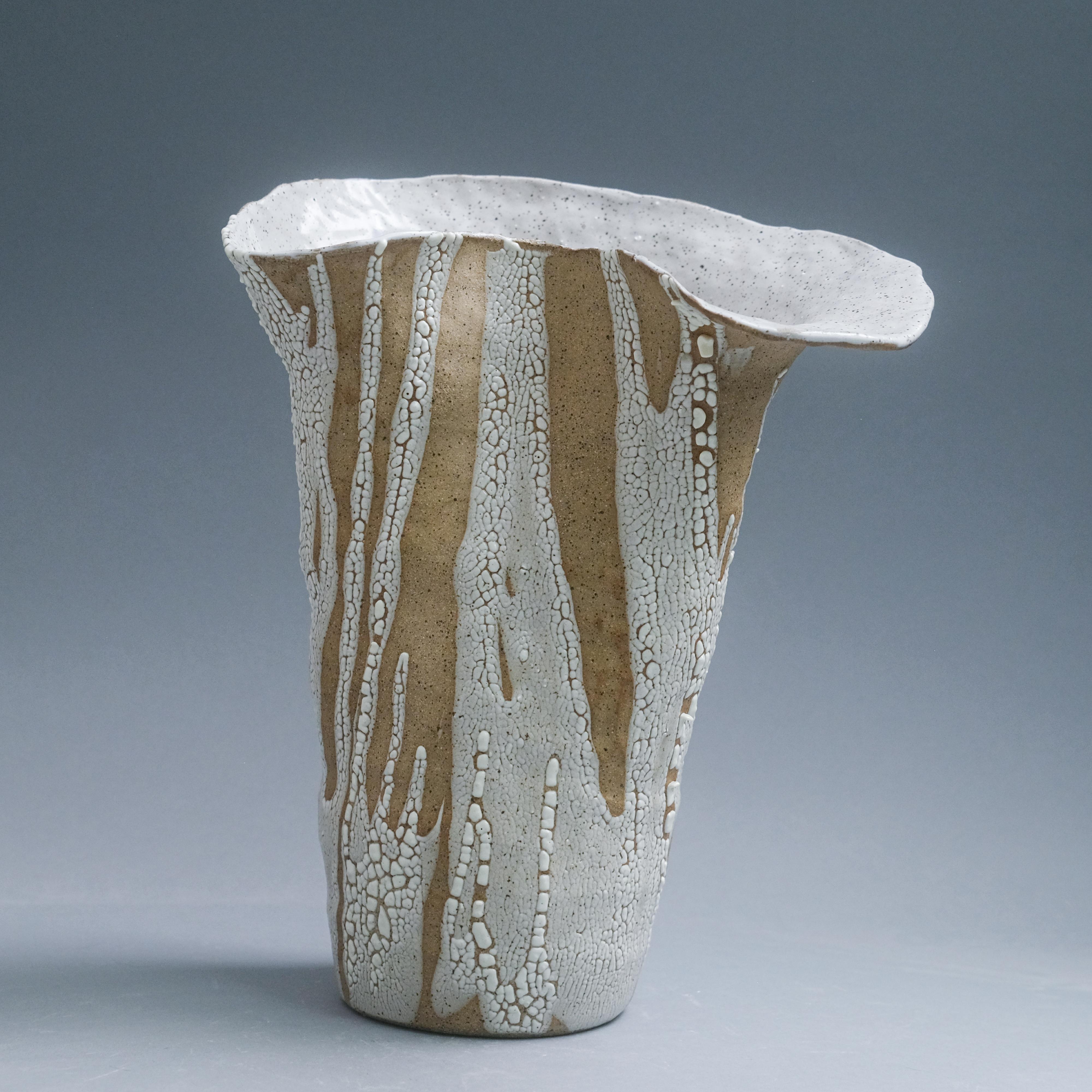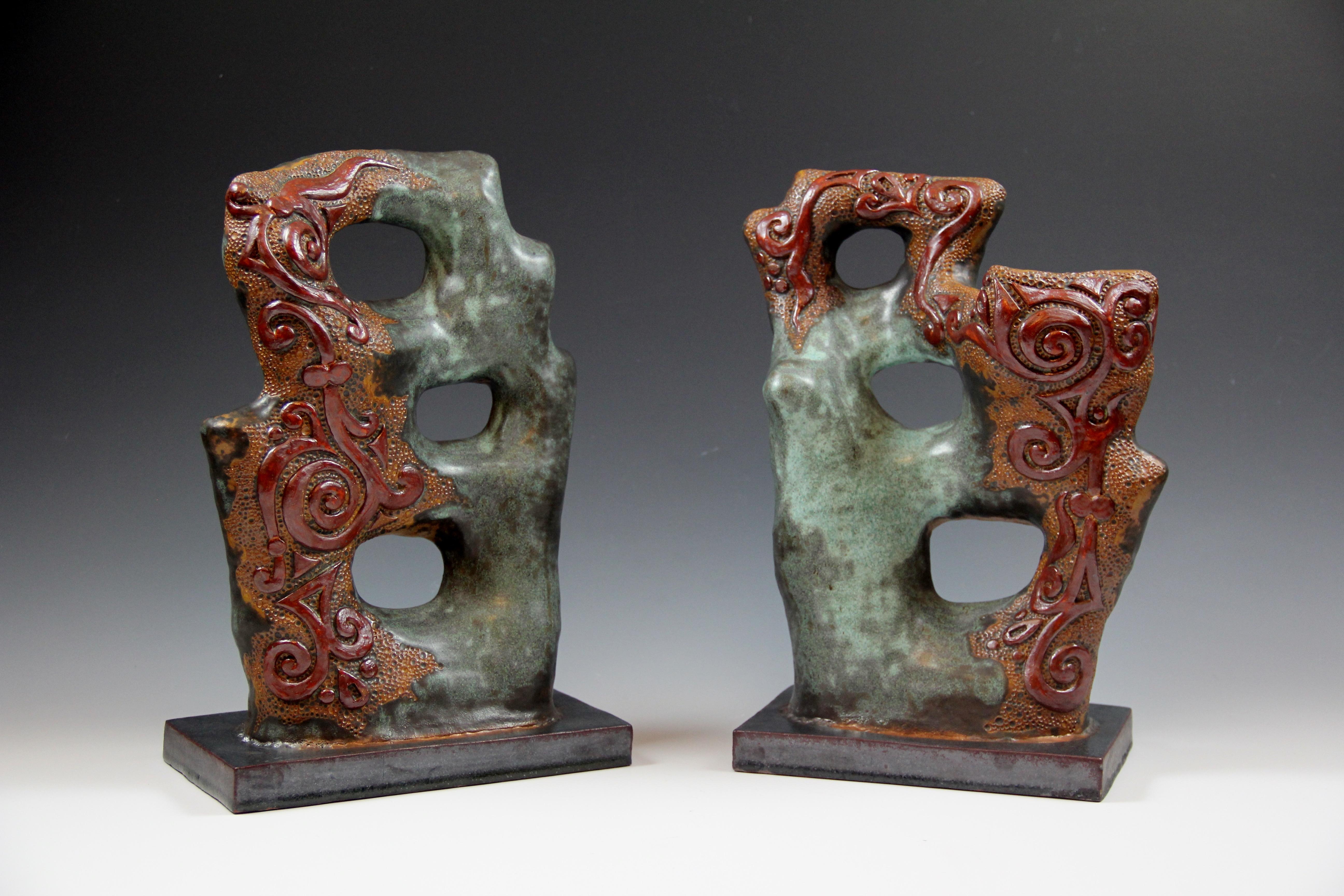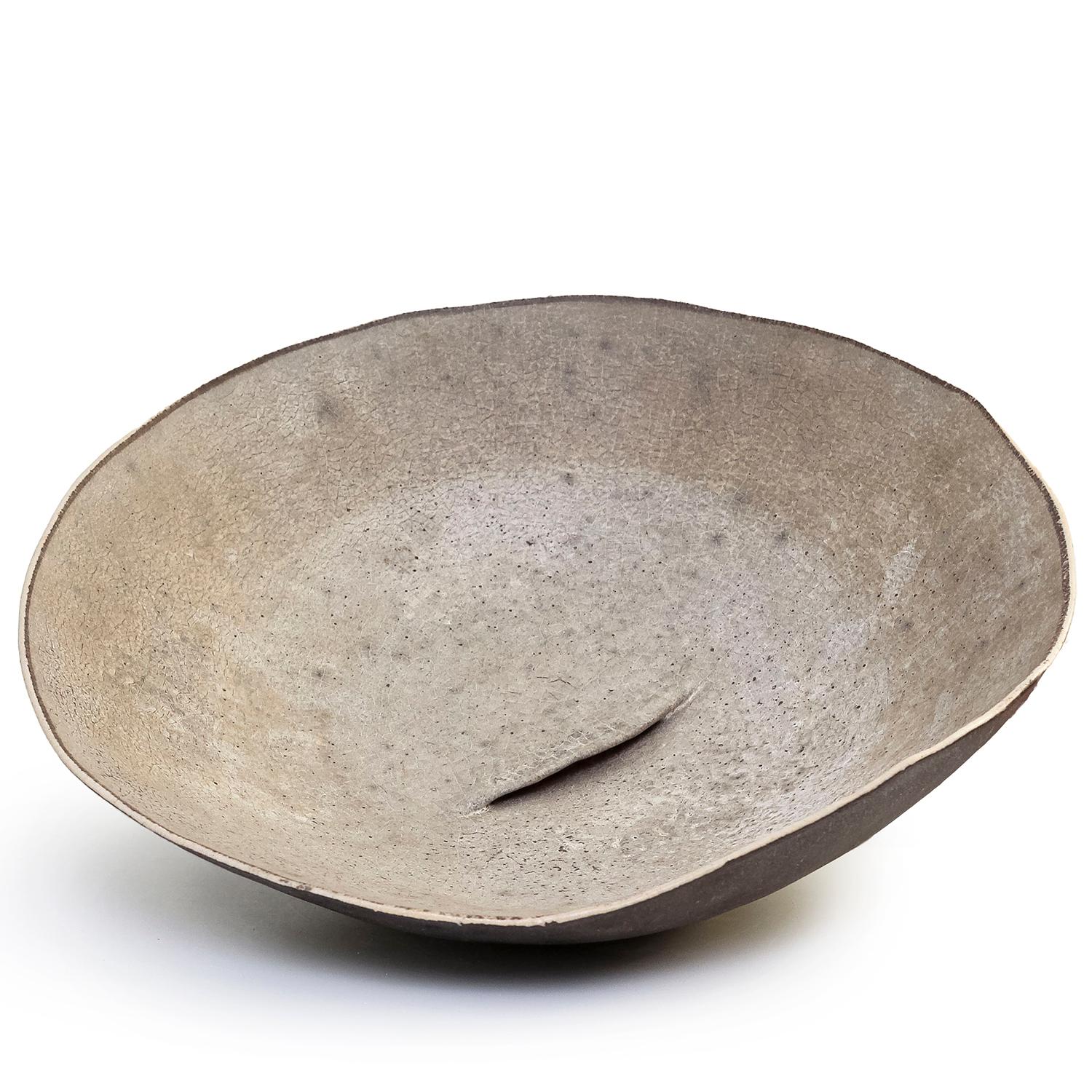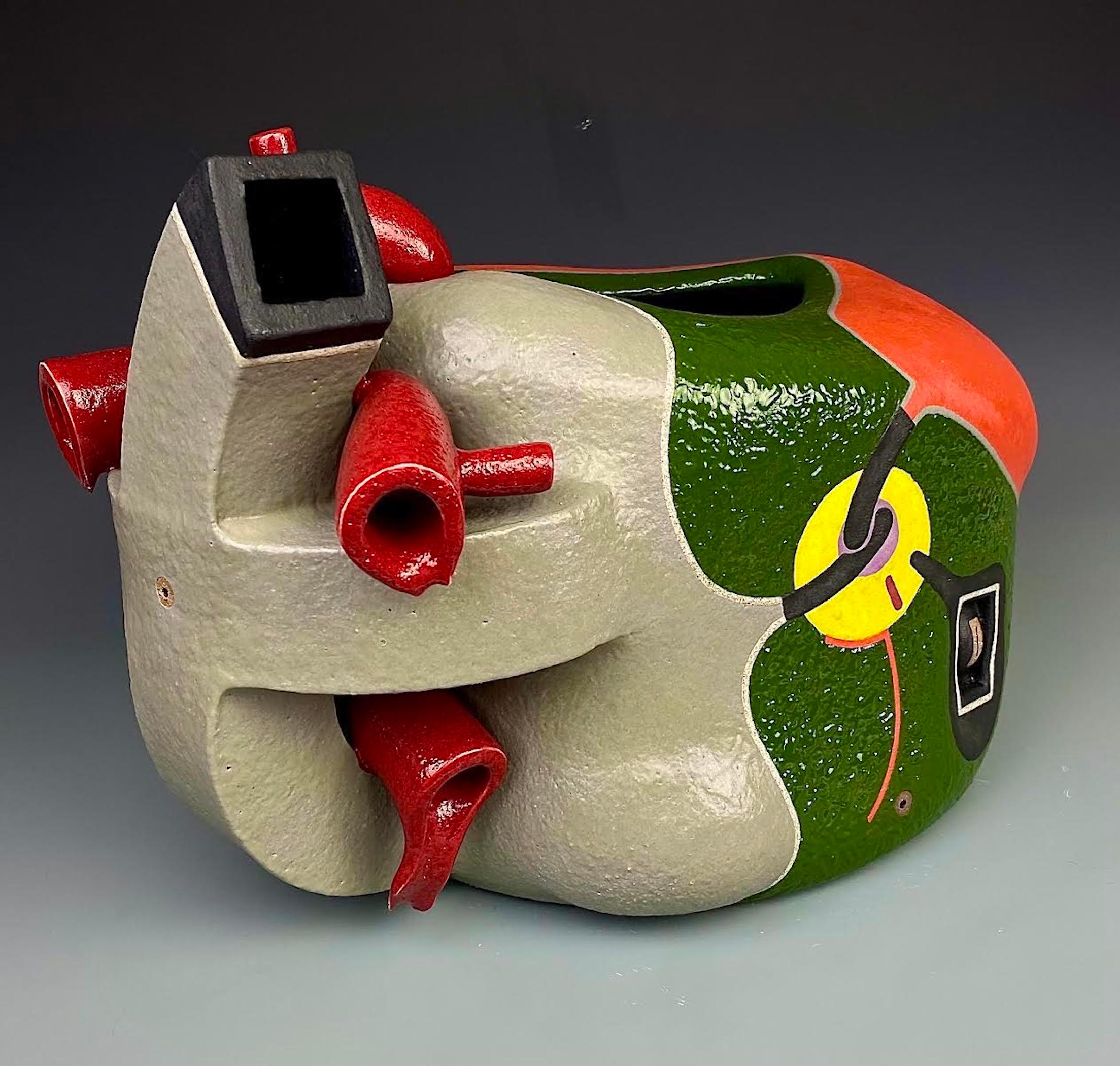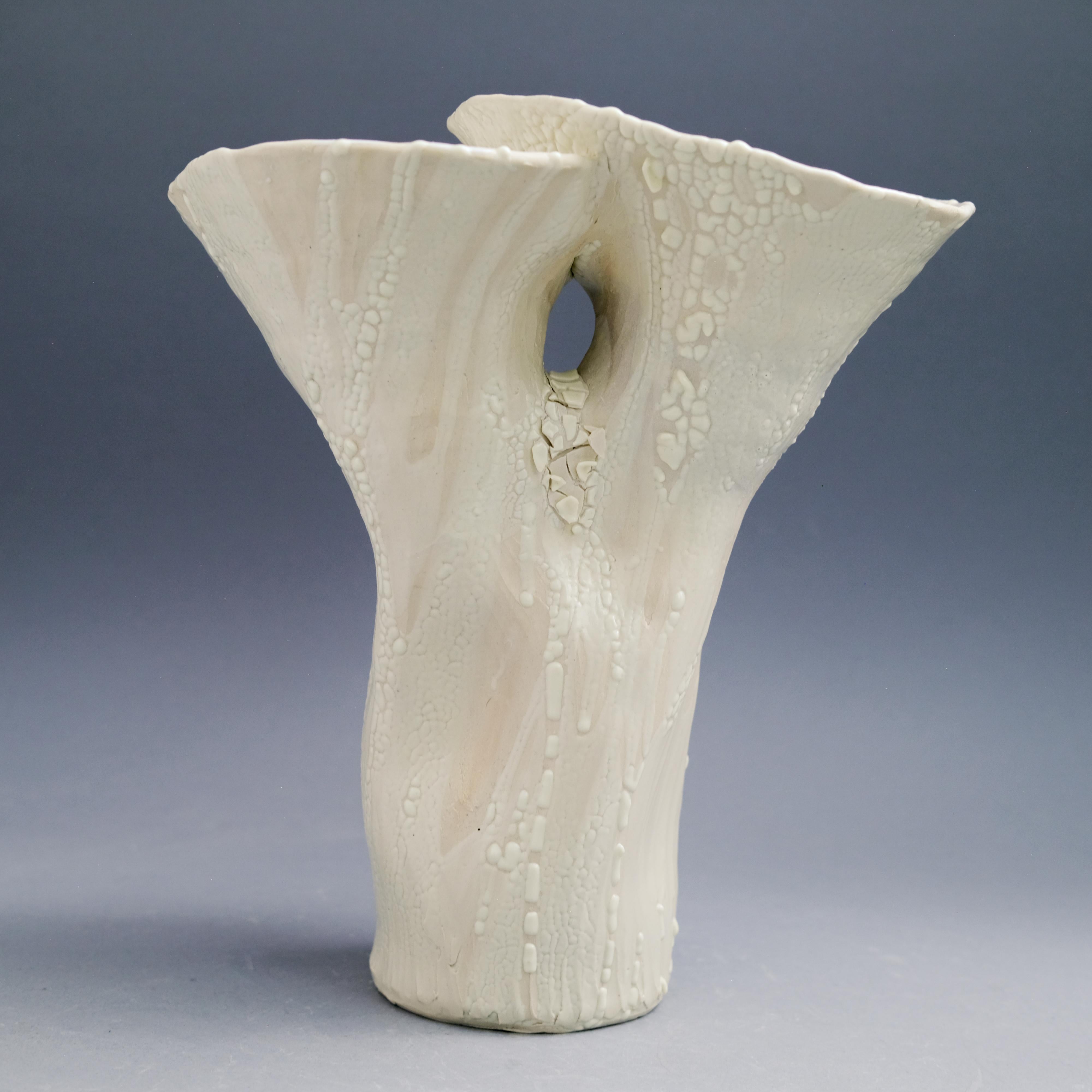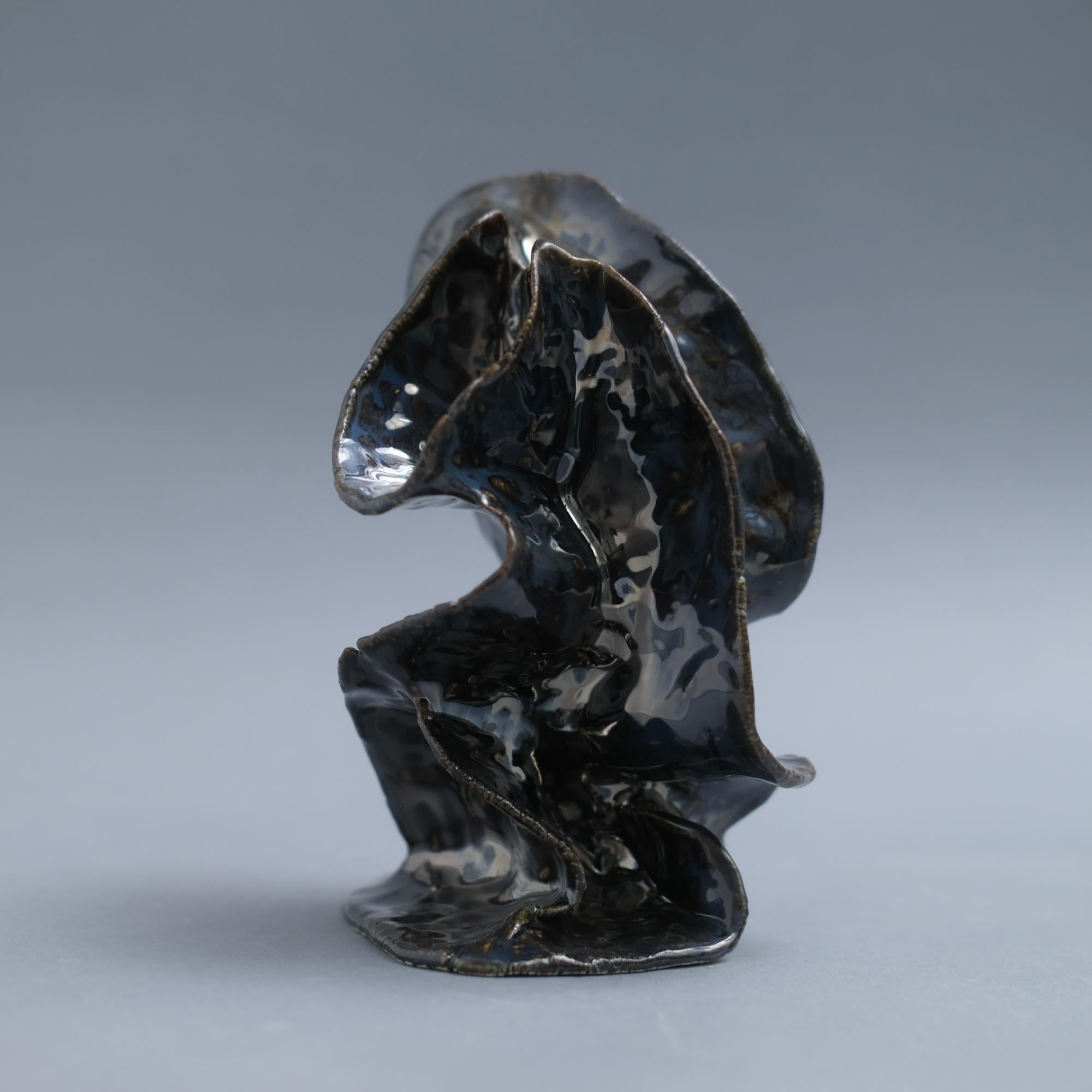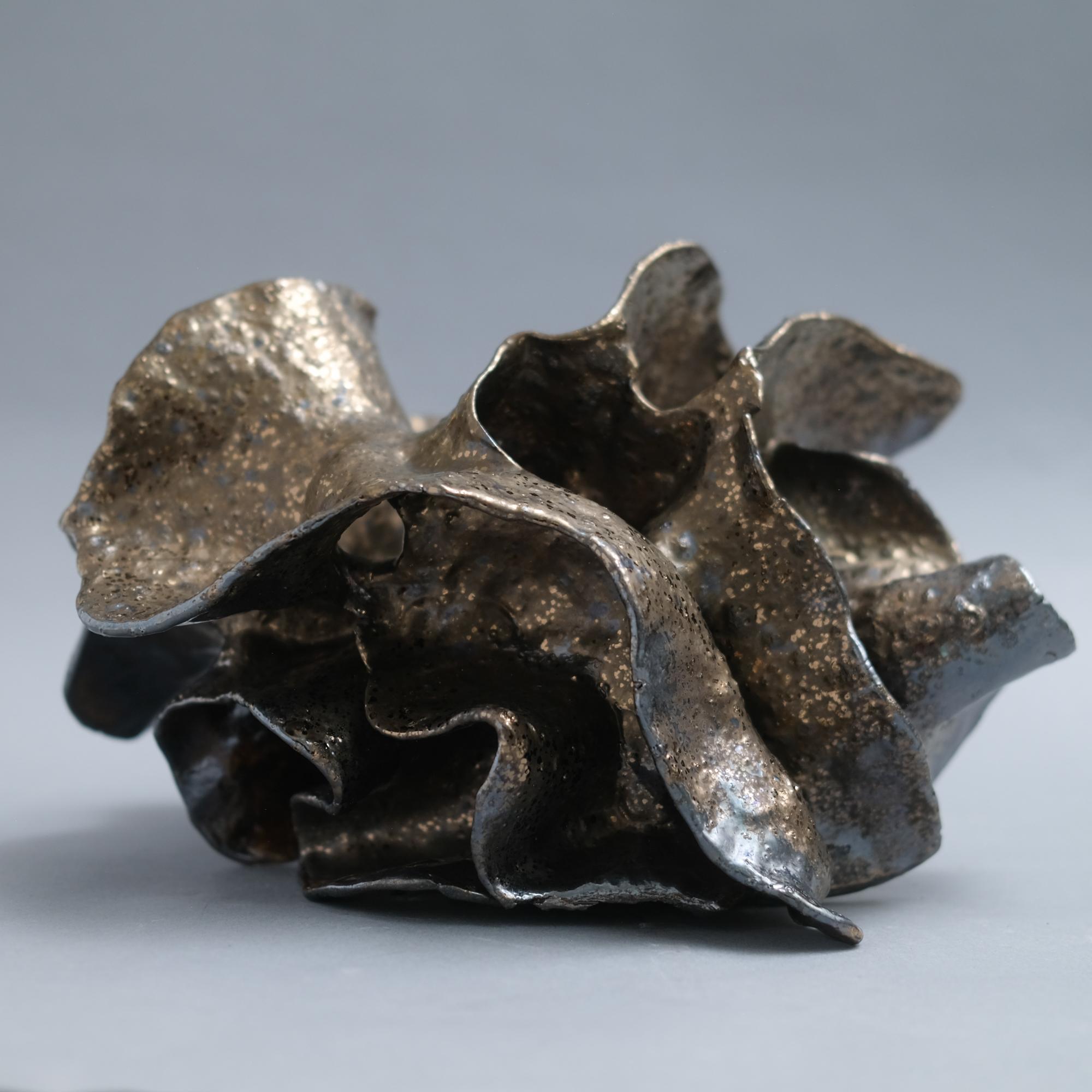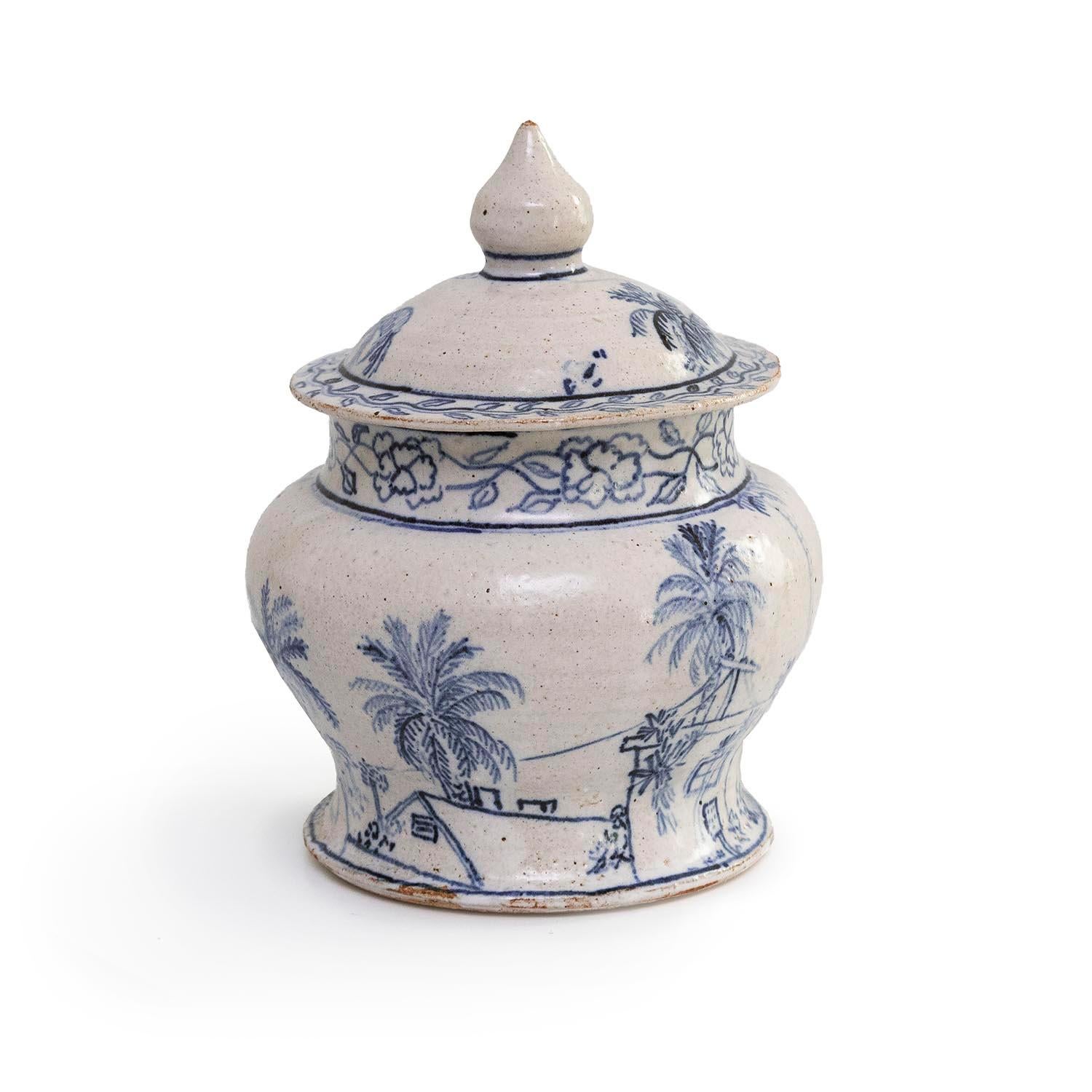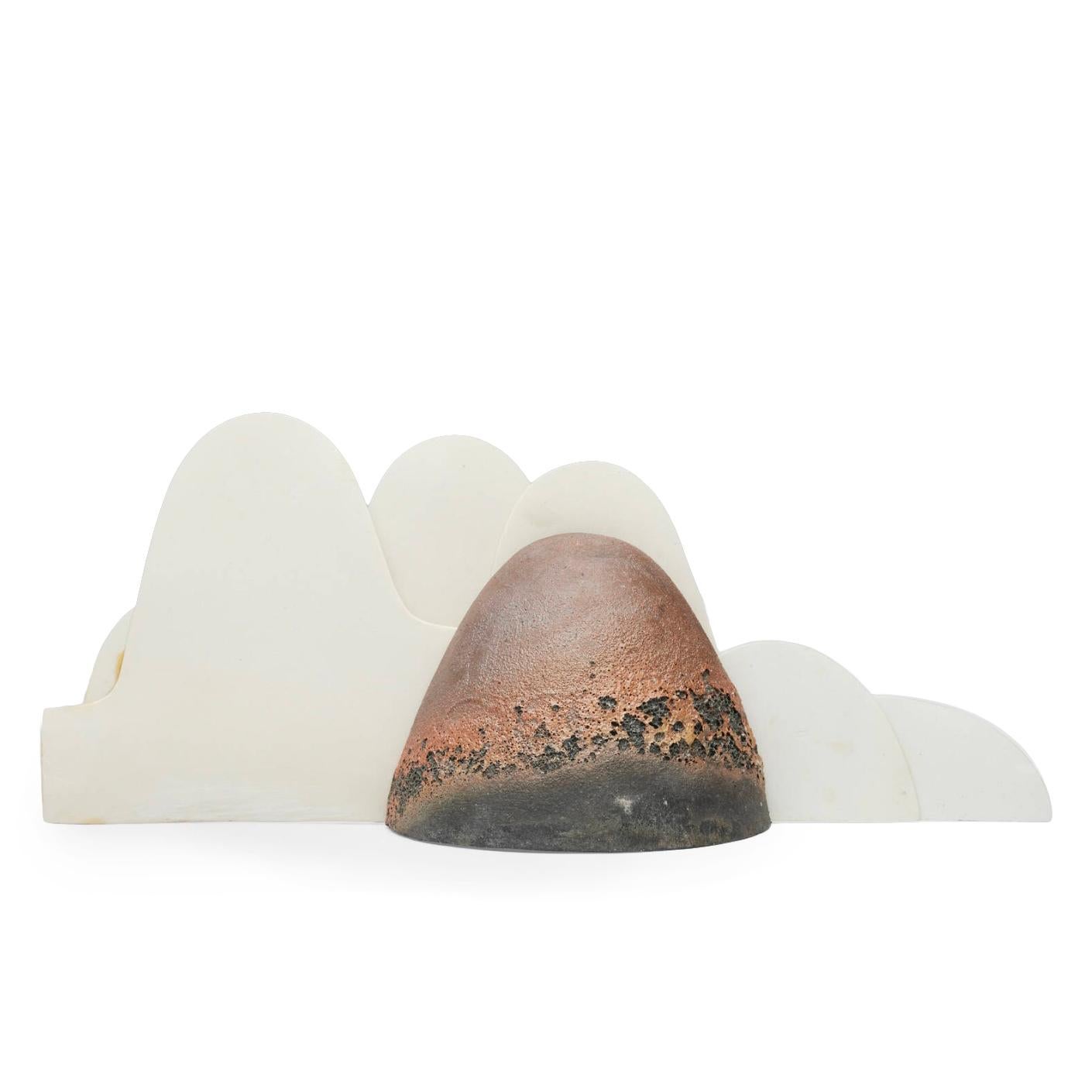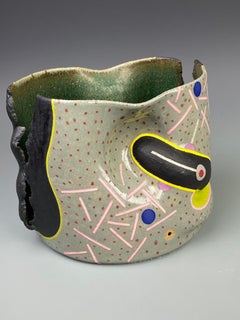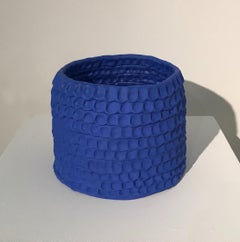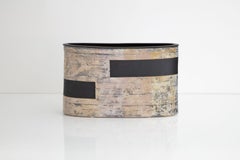
Monoprint Vessel
View Similar Items
1 of 4
Kathy ErtemanMonoprint Vessel2019
2019
About the Item
- Creator:Kathy Erteman (1952)
- Creation Year:2019
- Dimensions:Height: 14.5 in (36.83 cm)Width: 24 in (60.96 cm)Depth: 10 in (25.4 cm)
- Medium:
- Period:
- Condition:
- Gallery Location:New York, NY
- Reference Number:1stDibs: LU70736167462
Authenticity Guarantee
In the unlikely event there’s an issue with an item’s authenticity, contact us within 1 year for a full refund. DetailsMoney-Back Guarantee
If your item is not as described, is damaged in transit, or does not arrive, contact us within 7 days for a full refund. Details24-Hour Cancellation
You have a 24-hour grace period in which to reconsider your purchase, with no questions asked.Vetted Professional Sellers
Our world-class sellers must adhere to strict standards for service and quality, maintaining the integrity of our listings.Price-Match Guarantee
If you find that a seller listed the same item for a lower price elsewhere, we’ll match it.Trusted Global Delivery
Our best-in-class carrier network provides specialized shipping options worldwide, including custom delivery.You May Also Like
Contemporary, Abstract Ceramic Sculpture, Glazed Stoneware with Patterning
Located in St. Louis, MO
Contemporary, Abstract Ceramic Sculpture, Glazed Stoneware with Patterning
José Sierra is a self-taught artist and ceramicist, born in Mérida, Venezuela in 1975. His work draws insp...
Category
2010s Contemporary Abstract Sculptures
Materials
Ceramic, Stoneware, Glaze
$1,200 Sale Price
20% Off
Contemporary Ceramic Sculpture, Blue, Stoneware, Underglaze, Pinch Pot
Located in St. Louis, MO
Contemporary Ceramic Sculpture, Blue, Stoneware, Underglaze, Pinch Pot
Bean Finneran’s ceramics are born from repetition: the result of stacking hundreds of clay impressions or hand...
Category
2010s Contemporary Abstract Sculptures
Materials
Ceramic, Stoneware, Glaze, Underglaze
"Spore", Contemporary, Gestural, Ceramic, White, Stoneware, Sculpture, 2009
By Sara Fine-Wilson
Located in Franklin, MA
Sara Fine-Wilson's “Spore" is a gestural 17.5 x 9 x 7 inch ceramic sculpture in white and gray. It is hand built and wheel constructed in white stoneware. Individual hand formed details are layered over the entire surface creating a graceful and fluid form. The surface is coated in a cool white matte glaze that becomes darker gray and glossy along the points that have been caught during the soda firing process.Some of the points in this piece have been blunted and crusted over during the firing process. The glaze emphasizes the contrast between surfaces and edges. Fine Wilson’s ceramic work contains elements of both raw and refined surfaces including cracks, ruptures and pooling of glaze.
Sara Fine-Wilson is a contemporary sculptor based in the Boston area...
Category
Early 2000s Contemporary Abstract Sculptures
Materials
Stoneware, Glaze, Ceramic
"Organic Rhythm II" - Tall ceramic vessel sculpture
Located in East Quogue, NY
Hand-coiled and pinched tall ceramic sculpture vessel by Jessamyn Go.
Jessamyn Go's work is deeply rooted in the visceral, meditative experience of working with clay. Drawn to the t...
Category
2010s Abstract Abstract Sculptures
Materials
Ceramic, Stoneware, Glaze
Green sculptures - 2 pieces, hand build, green-blue, red, orange color
By Irina Lakshin
Located in Fort Lee, NJ
These two sculptures were hand build with clay, carved, glazed and fired twice. The base is also made with clay and attached.
Dimensions
9 W x 14 H x 5 D
Irina Deshchenko-Lakshin ...
Category
21st Century and Contemporary Modern Abstract Sculptures
Materials
Ceramic, Clay, Stoneware
Untitled Vessel with Void (INV# NP5224) By Richard DeVore
By Richard DeVore
Located in Morton Grove, IL
Richard DeVore
Untitled Vessel with Void (INV# NP5224)
stoneware, and glaze
4.5 x 14 x 14"
date unknown
Richard DeVore (1933 - 2006) was one of the most important American ceramicis...
Category
1990s Modern Abstract Sculptures
Materials
Stoneware, Glaze
Recently Viewed
View AllMore Ways To Browse
Francis Wilson
Jean Harlow
Jean Philippe Richard
Mao Poster
Monopoly Alec
Pakistan Miniature
Pembroke College
Philips Wouwerman
Polo Poster
Poster Jordan
Queen Mary Poster
Richard Claremont
Steeplechase Oil Paintings
Vintage 80s Formal Dresses
Vintage Boxing Posters
Vintage Formula One Posters
Vintage Glass Nude Girl
Williamsburg Bridge
